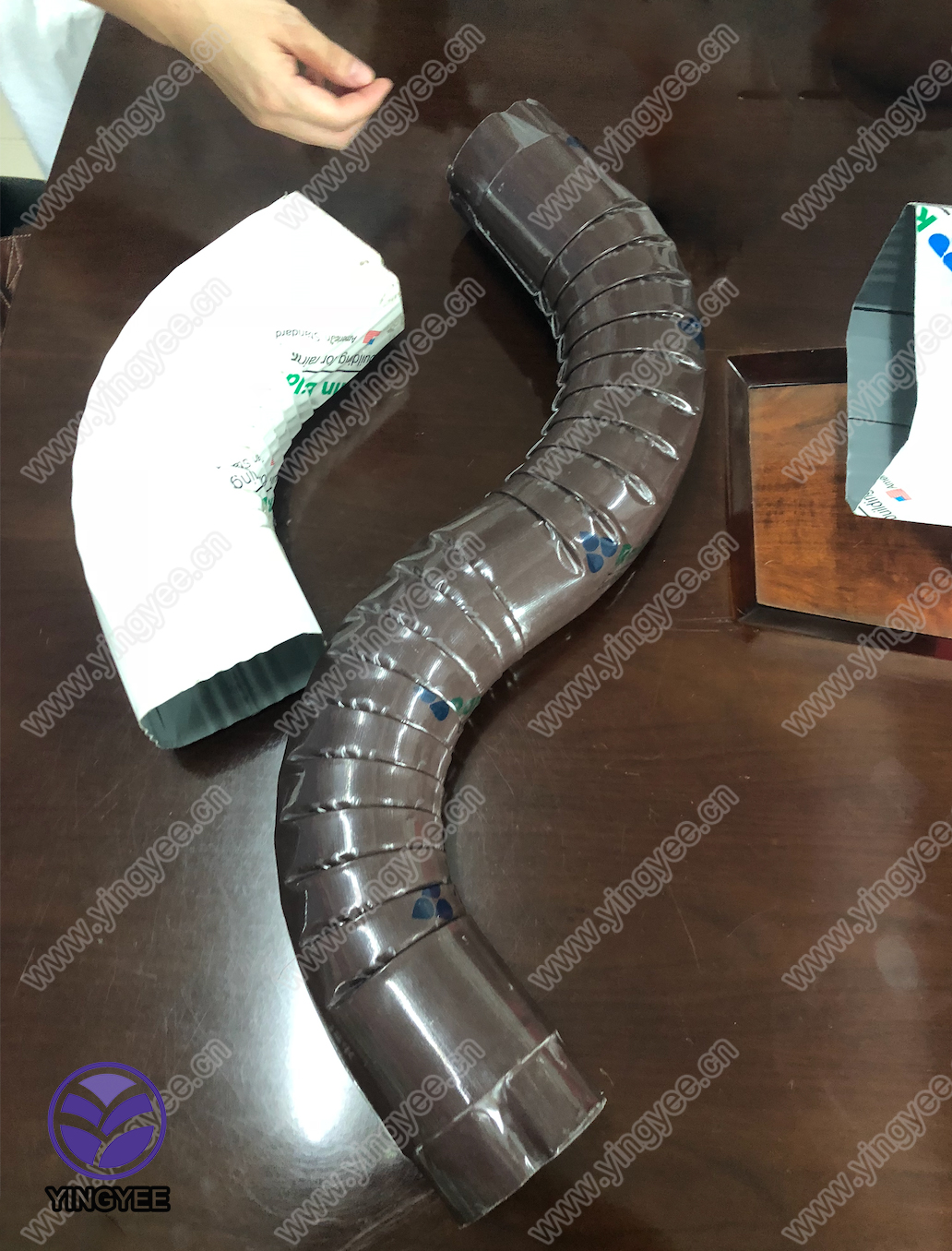
Understanding Sheet Roll Forming Machines
Sheet roll forming machines are essential tools in modern manufacturing, particularly in the construction and automotive industries. These machines are designed to take flat metal sheets and reshape them into various configurations, creating components that are not only durable but also tailored for specific applications. This article delves deeper into the workings, advantages, and applications of sheet roll forming machines.
The Mechanism of Roll Forming
At its core, roll forming is a continuous bending operation in which sheet metal is passed through a series of rolls that gradually shape the material into the desired profile. A typical sheet roll forming machine consists of several key components the entry guide, the main forming rolls, the cutting mechanism, and the discharge table.
1. Entry Guide The process begins with the entry guide, which ensures that the metal sheet is fed into the machine at the correct angle and position. This critical first step sets the stage for the precision of the final product.
2. Main Forming Rolls As the sheet progresses through the machine, it encounters a series of rolls that progressively deform it into the desired shape. Each roll is meticulously designed to impart specific bends and curves, ensuring that the final profile meets stringent design specifications. The entire process is guided by the machine’s computer control system, which monitors the parameters in real time to maintain accuracy.
3. Cutting Mechanism Once the sheet has been formed, it often needs to be cut to length. The cutting mechanism, which can be either mechanical or hydraulic, performs this task precisely and efficiently, allowing for consistent output.
Advantages of Roll Forming

One of the key advantages of using sheet roll forming machines is their ability to produce large quantities of uniform parts quickly and efficiently. The continuous nature of the production process allows manufacturers to achieve greater output without sacrificing quality. Additionally, roll forming is particularly effective for creating complex shapes that would be challenging or costly to produce using traditional machining methods.
Another benefit is material efficiency. The use of sheet metal allows manufacturers to utilize less material compared to other forming techniques, which can lead to significant cost savings. Furthermore, the process generates minimal waste, making it an environmentally friendly choice.
Applications in Various Industries
Sheet roll forming machines are used in various industries, reflecting the versatility of the technology. In the construction sector, they are commonly used to produce roofing panels, wall cladding, and structural components such as C-channels and Z-girts. These components provide essential support and insulation in modern buildings.
In the automotive industry, roll forming is used to create parts such as frame components, reinforcements, and brackets. The strength and lightweight nature of the formed sheets contribute to the overall efficiency and safety of vehicles.
Moreover, roll forming machines are also utilized in the manufacturing of consumer products, including appliances, furniture, and electronic housings. This broad applicability underscores the significance of sheet roll forming machines in meeting the diverse needs of various manufacturers.
Conclusion
In summary, sheet roll forming machines play a pivotal role in contemporary manufacturing. Their ability to produce high-quality, cost-effective components with minimal waste makes them indispensable in several industries. As technology continues to advance, we can expect to see further improvements in the efficiency and capabilities of these machines, ensuring that they remain at the forefront of industrial production for years to come. Whether for construction, automotive, or consumer goods, roll forming machines exemplify the intersection of innovation and functionality in manufacturing processes.